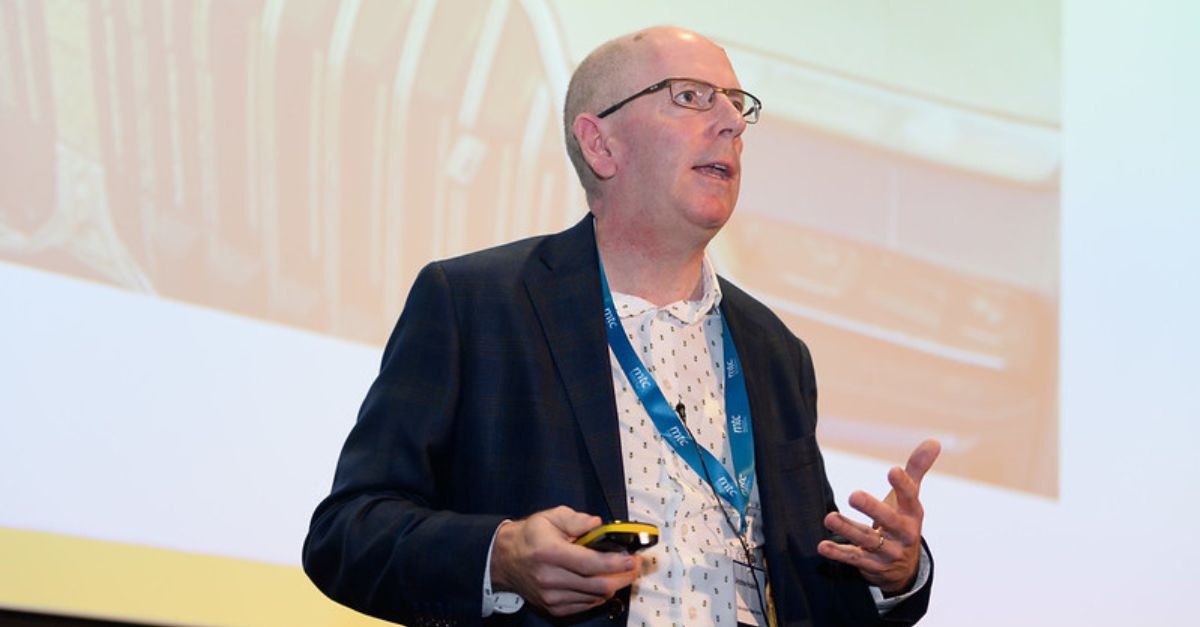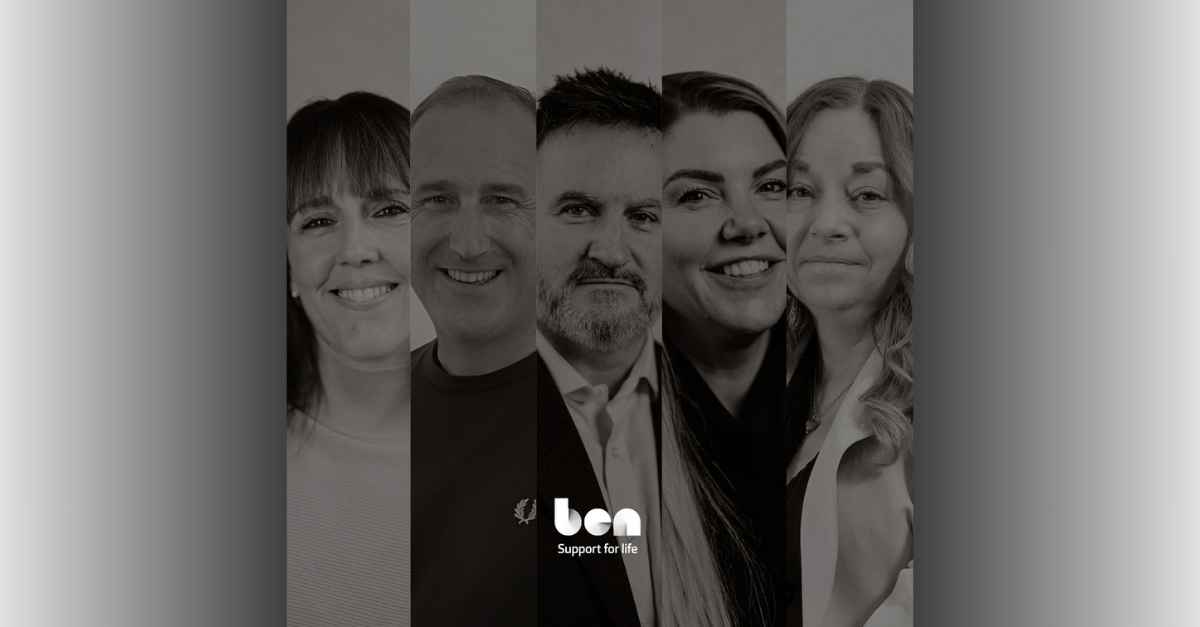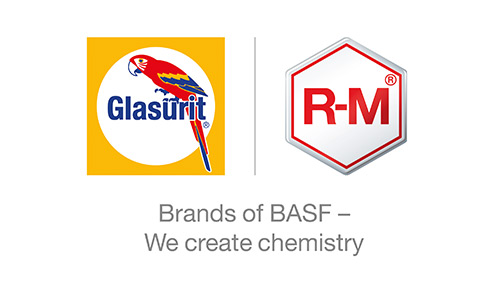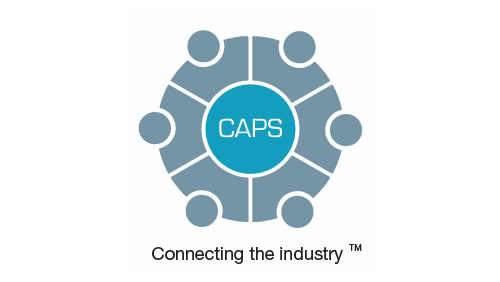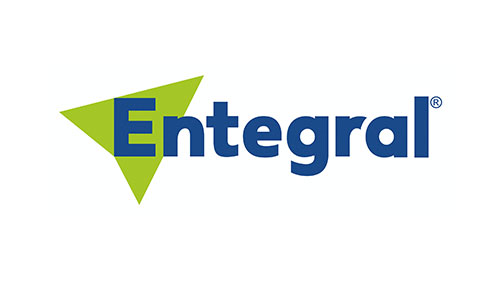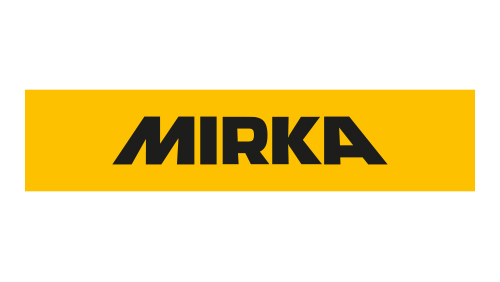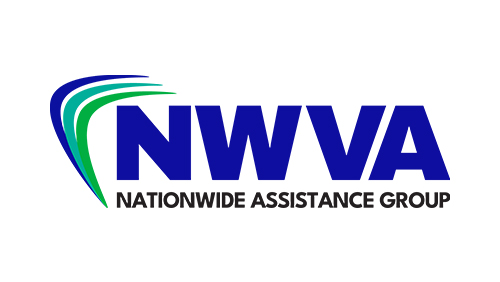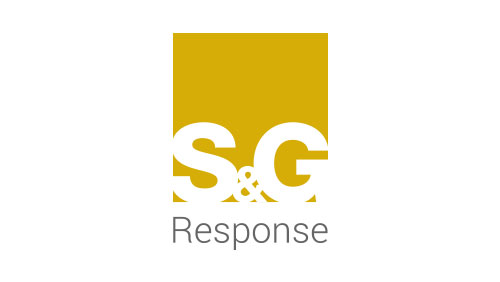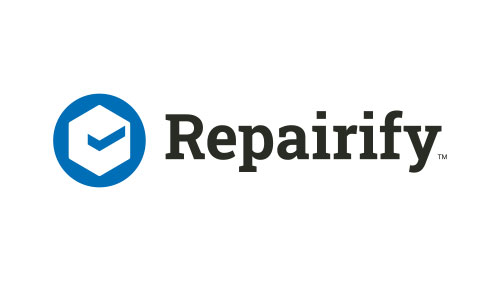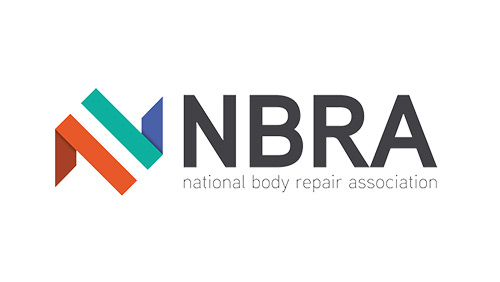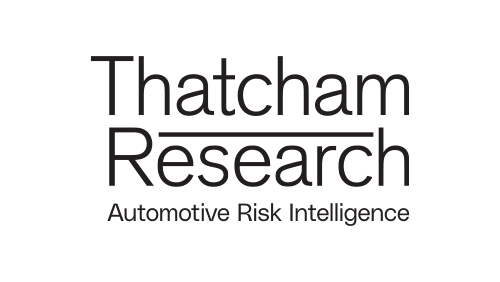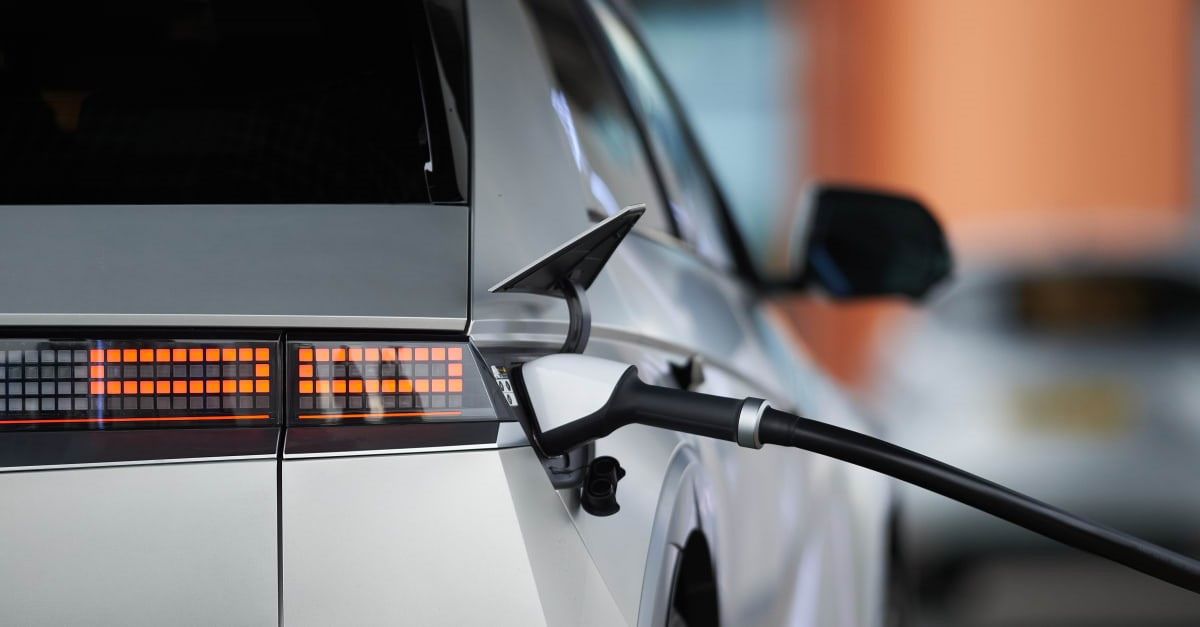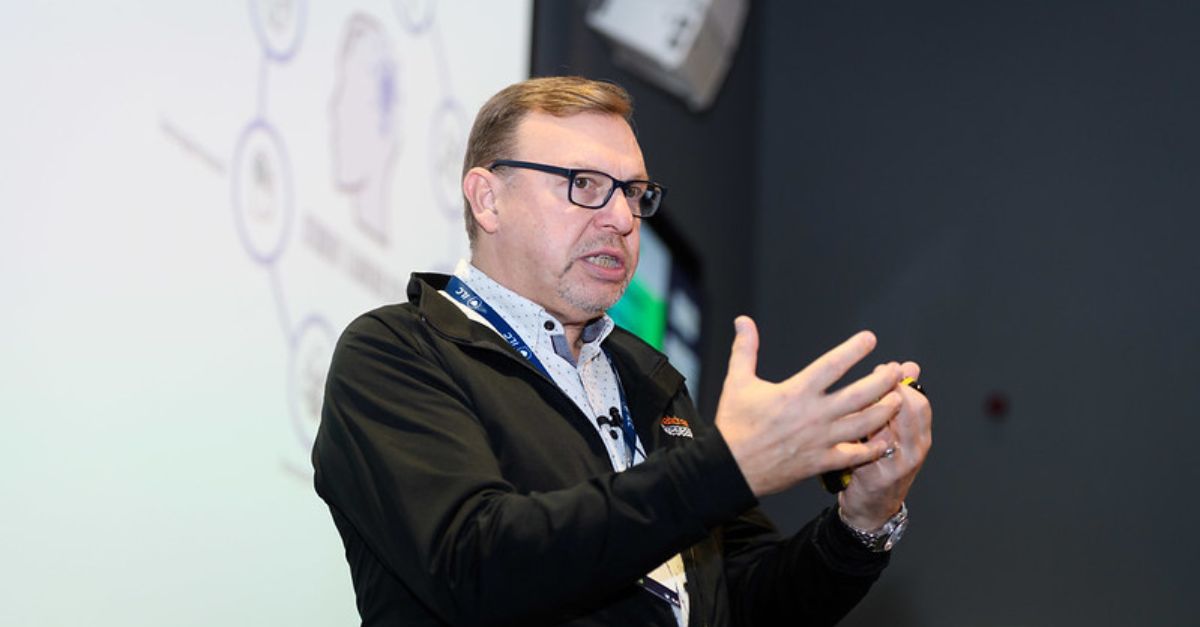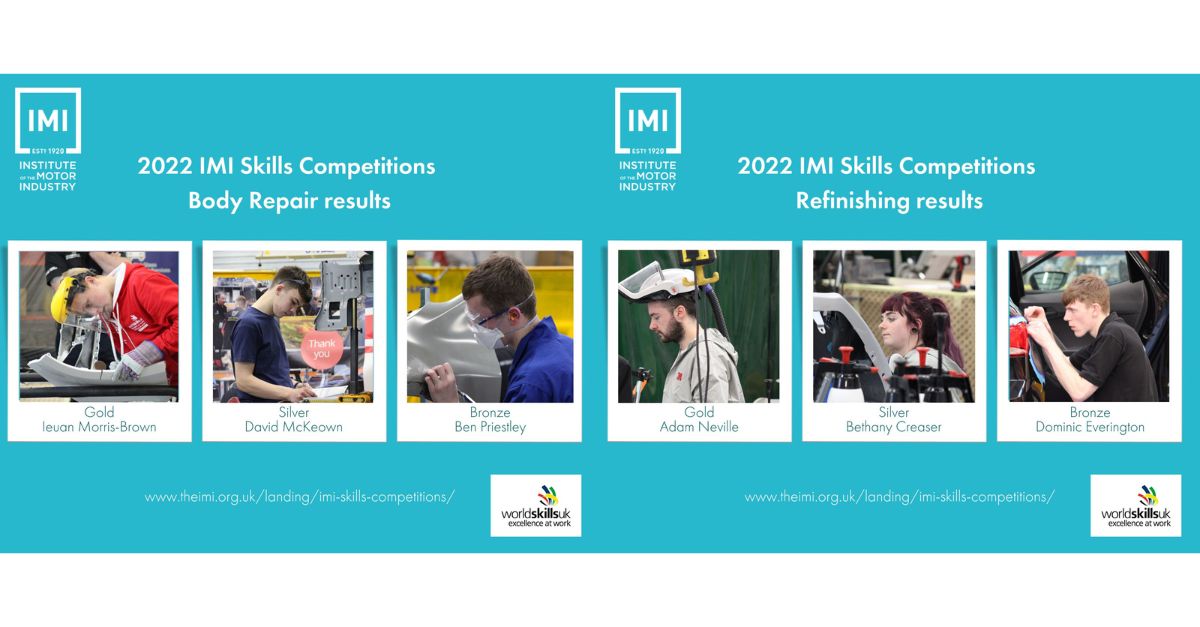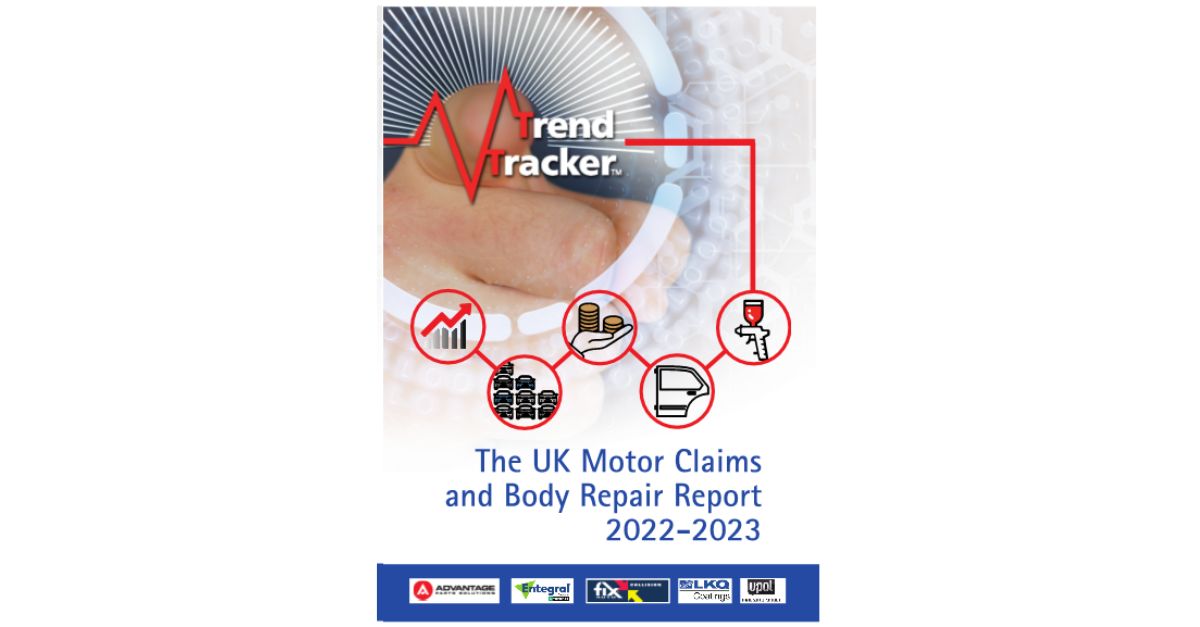Automotive businesses have been challenged to set aside their competitive instincts and adopt a more collegiate approach to tackling the environmental challenges.
Speaking during ARC360’s Gaining Ground Together event held at The Manufacturing Technology Centre in Coventry last month, Andrew Hooker, Head of Technical, Solus Accident Repair Services, said that sustainability was a shared challenge and only by working together can real difference be achieved.
He said, “Yes, we’re all business and financial competitors, but this is a shared problem and it’s not going to go away or get any easier. We have one planet. There are no easy answers and I realise this is new territory for bodyshops, but that’s why we have to tackle this in partnership. We can’t continue to work in silos.”
Supply chain
He called for greater collaboration with the supply chain, both upstream and downstream, and said that when it comes to finding significant wins in reducing carbon emissions the key is to think of the supply chain as a single, circular ecosystem rather than something linear with a series of links.
“We need to look at it holistically and ask, where in this ecosystem can we get benefits and work together to introduce more efficiencies?”
Of course, the pandemic threw many best intensions aside and businesses across all industries are still feeling the repercussions as inflation surges and margins become even tighter. Thinking long-term and investing in new processes or products that are more environmentally-friendly may seem like a stretch too far for many, but, says Andrew, the economic headwinds are actually an argument for action.
He explained, “We have to strip everything back to basics and take all the wastage out the system. Let’s find ways we can work smarter, and if we work smarter and more efficiently we reduce cost. It’s never been as tough as it is today, so now is the perfect time to address this.”
Easy wins
He said the first step is examining every aspect of operations and identifying what is straightforward to change, what is more difficult and what is next to impossible. He believes the easy wins will make up about half of everything considered, and while they must be addressed this must not be at the expense of the more challenging issues.
“Regulation and legislation is only going to get tighter, so we need to keep looking ahead. It’s easy to think you’ll address the difficult things later, but you can’t afford to do that. In a few years you’ll have cleared out the easy things and then the difficult things will become 100% of your target, so you need to start looking at changing them now.”
Review
Solus is now in the middle of an end-to-end process review which Andrew believes will continue indefinitely as new innovations come to market. He explained the business is looking as far ahead as 2040 to consider what steps it needs to take now.
He said, “I know many bodyshops are just trying to get through today, but we do need to take our noses away from the grindstone and look ahead. We’re looking at what we’ll be repairing in 2030 and 2040, and what materials we’ll be using. There will be a huge diversity of technologies so we’re looking at what that will mean for repair operations and how it will affect our workshop.
“There are a lot of innovations coming our way, but we need to look at everything and ask, does it work for us, does it add value, and what’s the resource requirement for it in terms of effort, energy and waste levels.”
This, he continued, does not just apply to product and equipment. He asked if roles like service providers and health and safety executives could be considered surplus and just introducing needless waste and cost.
He said, “Are they more of a help or a burden? Do I need to print out documents for them? My biggest source of paper waste is printing off things for one vehicle manufacturer. So, I’m killing 145 trees a year for a process that could be electronic. We need to consider every aspect and question its real value. There will be cost benefits of everything we can eliminate from the process.”
Customer
Of course, ever stricter penalties from regulators will force slow-to-act businesses down the sustainability route in due course, but Andrew said the real driver is always the customer, who is becoming increasingly sensitive to environmental concerns and now expects businesses to take their climate responsibilities seriously.
He concluded, “We need to think about sustainability with every single decision we take. At Solus, our ethos is: We’re trying to do the best for our customer today, but our customer’s children in the future.”
ARC360’s Gaining Ground Together 2022 event was sponsored by GT Motive and supported by ARC360 Corporate Partners: Solera Audatex; BASF; BMS; CAPS; Copart; EMACS; Entegral; Enterprise; Innovation Group; Mirka; Nationwide Vehicle Recovery Assistance; and S&G; along with Partners: Repairify; The Green Parts Specialists; Indasa; and Prasco UK; and Associate Partners: Gemini ARC; Trend Tracker; and Thatcham Research.

